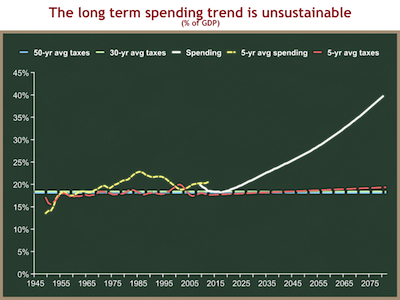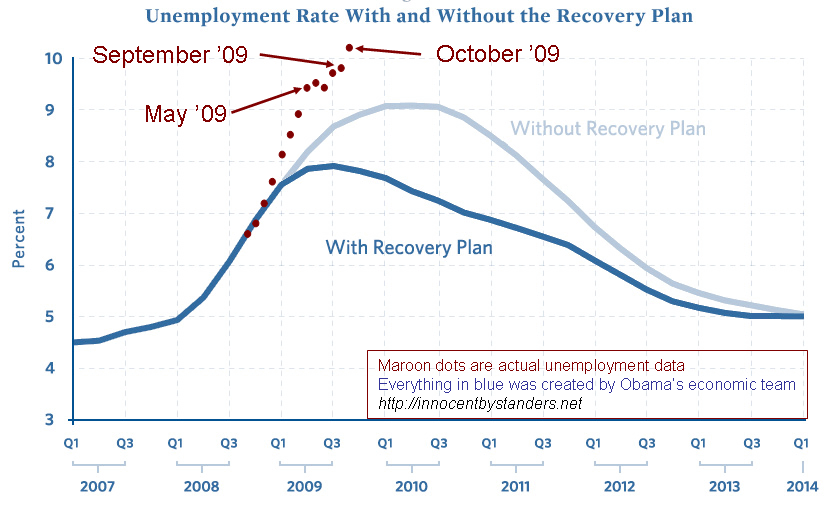Whether health care should be rationed has become an important part of the health care reform debate. Critics of the Democrats’ general plan have said that government shouldn’t ration health care.
The response from some has been some variation of this:
In truth, rationing is an inescapable part of economic life. It is the process of allocating scarce resources. Even in the United States, the richest society in human history, we are constantly rationing. We ration spots in good public high schools. We ration lakefront homes. We ration the best cuts of steak and wild-caught salmon.
The argument is that because the market allocates resources across society already, that it “rations” resources, that there is nothing wrong with government rationing access to health care or what treatments can be had.
But the two are not equivalent at all. When the “market” allocates something, it does so through an uncountable number of individual choices based upon each individual’s own unique knowledge, each made voluntarily and with no right to force someone to make a decision.
Let’s use computers as an example. There are consumers who demand them, there are companies which design and build them, and there are others which supply the raw materials necessary to construct them. There is an incredible amount of information necessary to know what kind of computer is desired (notebook or desktop, how much processing power, what kind of keyboard, what size screen, what software,…), how many and at what price. Just think of the amount of information which goes into that calculation; not only what consumers are demanding, but also the expertise to know if it is possible to do at an affordable price, and what resources are necessary to do so.
So in the allocation of computers, there are many actors involved with an insurmountably-large amount of data involved, too. But here’s the hard part: each actor only knows a part of the entire data whole. The consumer knows what they want and how much they’ll pay, but they don’t know if it’s reasonable to expect it for the price they’ll pay; the company designing them knows what is possible and what isn’t, but not what the resources to build them will cost and whether there are sustainable supplies of them; and the resource-suppliers only know how much they have and what the resources cost. But each piece of the data whole is vital to creating the right kind of computer, building just enough for the people who demand them, and getting them to those people. Add into this the factor of time — that each of these variables changes daily — and the complexity is quite clear.
These actors signal their piece of knowledge to each other through the market. Consumers only buy computers they want; the companies designing them buy the resources they need to build the computers demanded by consumers; and resource-suppliers increase prices on certain resources when they become scarce. This is how the market allocates resources: it coordinates monumentally-complex distributions of knowledge and the actors that have it into a cohesive network which works quite efficiently.
This is is important because it shows how something which seems rather simple — buying a computer — is a complex interaction of individuals which create it, and can’t be efficiently decided by government. That is, a government body has no chance at all of accurately deciding what computers people want, who should design and build them, and for what price, because no one actor can know every piece of data.
But more importantly, it shows that this is all voluntary. The consumer decides what they want (within limits of what is possible), the company designing it decides how they will meet that demand, and the resource-suppliers decide first whether they will supply them at all, and second for what price. No one is required through force to do something. It is a voluntary arrangement.
But that is not how government works, and this comes to why the argument that market allocation and government rationing are the same thing is false. Government has the unique power of force: it can force people to do what it pleases, or ban them from doing what it doesn’t want them to do. So when government rations health care, it is does so through what is and isn’t legal. If it doesn’t think a certain breast cancer drug, which extends the life of people with breast cancer by a few more years, is worth its cost, then it bans it; no one can access it. It’s illegal.
The market would certainly “ration” the drug — if it’s incredibly expensive, then only the people who can afford it, or afford an insurance plan which supports it, will have it. But at least that drug is still available. When government rations, it’s illegal; when the market does, you can still get it. It’s just difficult, due to its cost.
So this is a long way to say: simply because the current health care system, one of the most regulated industries in our country, is not optimal does not mean we should give government the right to decide what health services are and aren’t allowed. The government cannot efficiently “ration” care, because it is much too complex and changes too quickly for a single actor to understand fully, and because government rations by force, not by voluntary choice.
It means we should work to reduce costs and make the current health care system, one of the most regulated industries in our country, more open and free to the individual to make choices.



